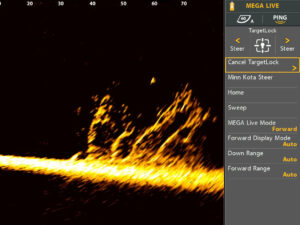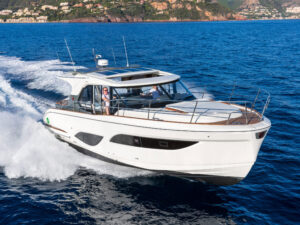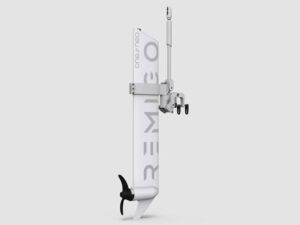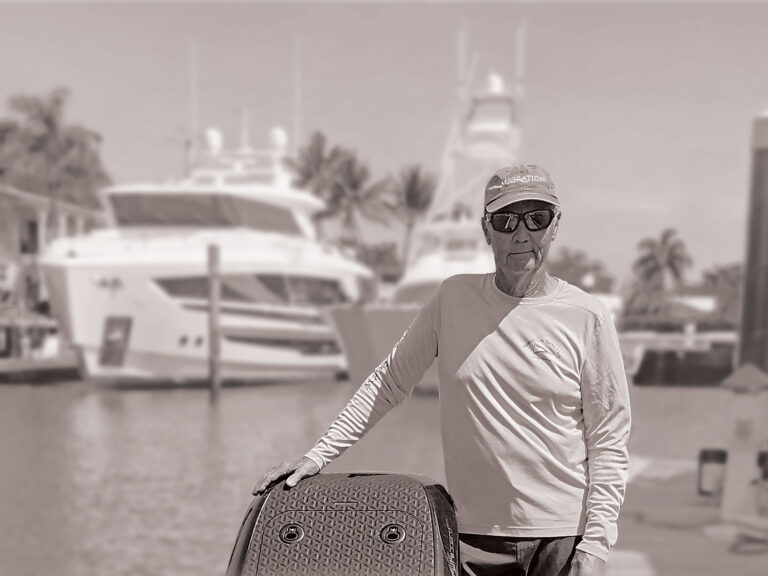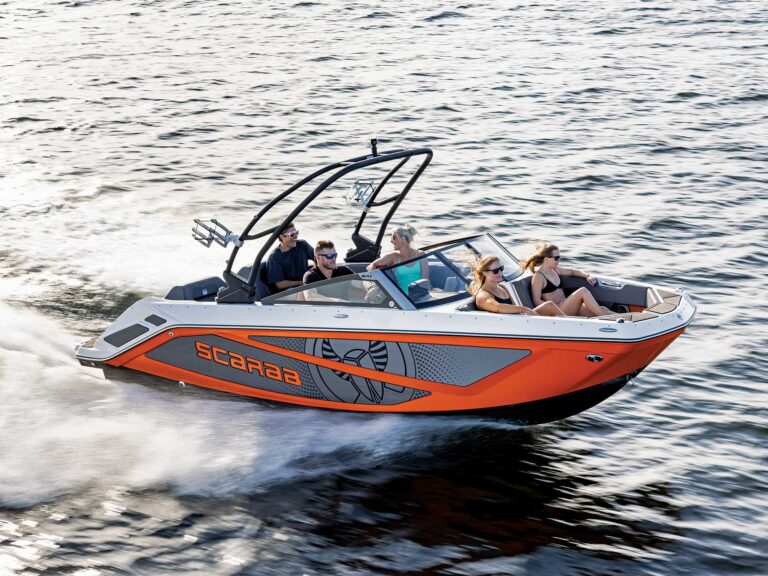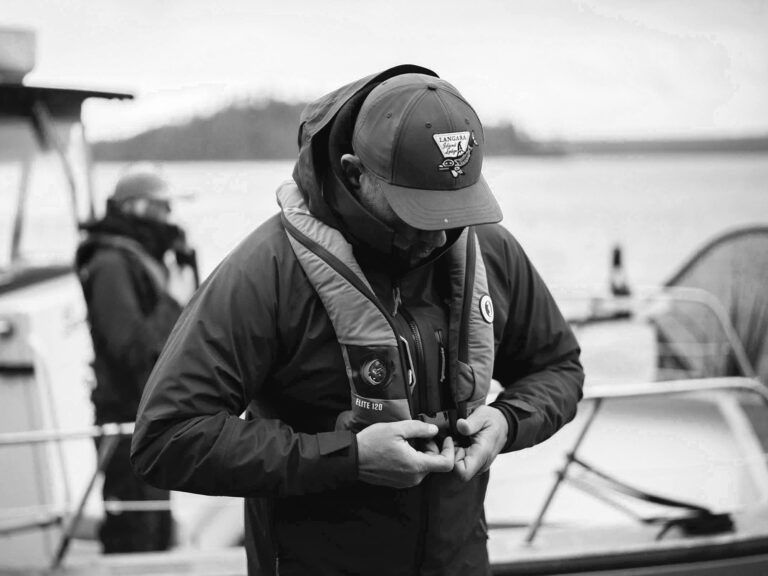
I’ll always remember one particular tuna fishing trip out of Ocean City, Maryland, not for the sushi, but for the effort it took to bring it home. We’d run around 25 miles offshore to catch a few, and on the way back in, the weather started to turn.
I remember how the feeling of relief as we neared the inlet morphed to unease as our captain turned away from it. It’s a sensation I’m sure you’ve felt on a turbulent commercial flight when the pilot suddenly circles away from the runway into a holding pattern.
“Too risky,” our captain said. “We’ll run out until it calms.”
We’d been running to shore in a head sea and were taking a pounding. The waves stacked up even higher as the water got shallower and, despite our discomfort, the safe thing to do was to turn and go with the seas. Making the decision to run away from your home port is not an easy one. How did our captain make the decision? It was a judgment call. While following seas in an inlet can be precarious, in this case, running with the swells offshore seemed safer than running through a nasty head sea.
Once you determine that turning to run in following seas is the best course of action, the first thing you need to do is figure out how to safely come about. If the swells are small enough or spaced far enough apart, wait for a wave to pass before starting your turn. Then quickly come about and adjust your speed to keep ahead of the next wave so that you do not surf down the face of it.
From here, adjust the trim of your engine, and your trim tabs if you have them, to keep the bow up so that it doesn’t stuff. You must constantly adjust your speed to attempt to ride on the back of the wave in front of you. The last thing you want to do is get stuck surfing down a wave, which can cause you to lose steerage and your stern to swing out, heightening the possibility of getting rolled. Or you could stuff the bow into the trough or the wave in front of you and take on water. If the following seas are breaking, you also want to avoid allowing a wave to break on your stern, flooding your decks. Try to use your throttles to ride on the lower portion of the wave, about a third of the way down from the crest. This way, you have time to react if the wave breaks, as well as some room to work the throttles.
For running in large following seas, it may be best to run at a 45-degree angle to lessen the impact. This is known as quartering down sea.
On this particular tuna trip, we rode the following sea for a while until we knew the tide had slacked and the seas had calmed down enough to safely run in. We made it back to port in time to clean the fish. And the sushi that night? It tasted extra delicious.

